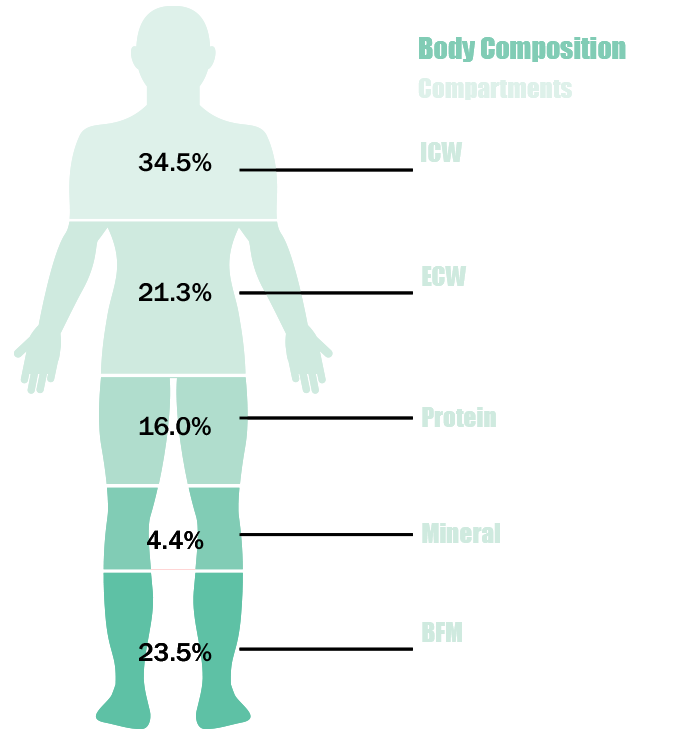
Professional BIA Body Composition Analysis
Body composition analysis describes what the body is made of, differentiating between body water, protein, minerals, and fat to provide more precise information beyond weight and BMI. Charder's devices use Bioelectrical Impedance Analysis (BIA), for fast, simple, non-invasive, and easily repeatable analysis. Boasting multiple measurement frequencies and sophisticated algorithms, Charder stands by our devices with clinical trials and over ten years of original peer-reviewed scientific research, for results you can trust.
